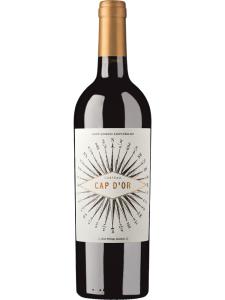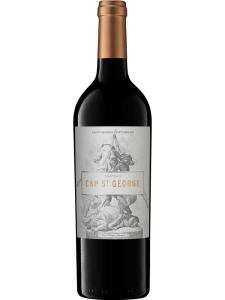Saint-Georges-Saint-Emilion is the smallest of the 'satellite' titles of the larger Saint-Emilion appellation in the Libournais sub-region of Bordeaux on the right (northern) bank of the Dordogne river.
Saint-Georges is a village a few miles north of Saint-Emilion town. Its vineyards lie just to the south of the village and run as far south as the Barbanne river. Saint-Georges is located so close to the neighboring village of Montagne that its wines can carry either name.
© Emilie Duprat
The grapes permitted within the Saint-Georges-Saint-Emilion appellation are Merlot, Malbec, Cabernet Franc and Cabernet Sauvignon. Merlot is the predominant variety by far, most often partnered with Cabernet Franc (known here as 'Bouchet'). Cabernet Sauvignon is much less commonly planted in the cooler soils of the Saint-Emilion area in general and produces wines of reliable quality only in very specific spots. The prevalence of Merlot (an early flowering variety) means that the appellation is susceptible to spring frosts and can lose the majority of its output in a cold year.
To qualify for the Saint-Georges-Saint-Emilion appellation, wines must contain a minimum of 11% alcohol and come from vineyards planted to a density of fewer than 5500 vines per hectare. Wines made from hybrid vines or those under three years old do not qualify.
The four Saint-Emilion satellites are Lussac-Saint-Emilion, Montagne-Saint-Emilion, Puisseguin-Saint-Emilion and Saint-Georges-Saint-Emilion itself – all located to the north of Saint-Emilion town. Previously, Parsac-Saint-Emilion and Sables-Saint-Emilion were also valid appellations, but the four named above are those recognized in the early 21st century. They are known as satellites because the area's more prestigious wine estates historically resented these supposedly inferior wines using the Saint-Emilion name. In the middle of the 20th century, several boundaries were changed and the villages of Lussac, Montagne, Puisseguin and Saint-Georges were granted their own independent Saint-Emilion appellations.
The Barbanne river, which runs roughly parallel to the Dordogne, marks the southern boundary of three of these appellations. The river is of particular significance because it is the historical boundary between the 'Langue d'oil' and the 'Langue d'oc' – the northern and southern halves of old France respectively. This is where the Languedoc wine region derives its name.



